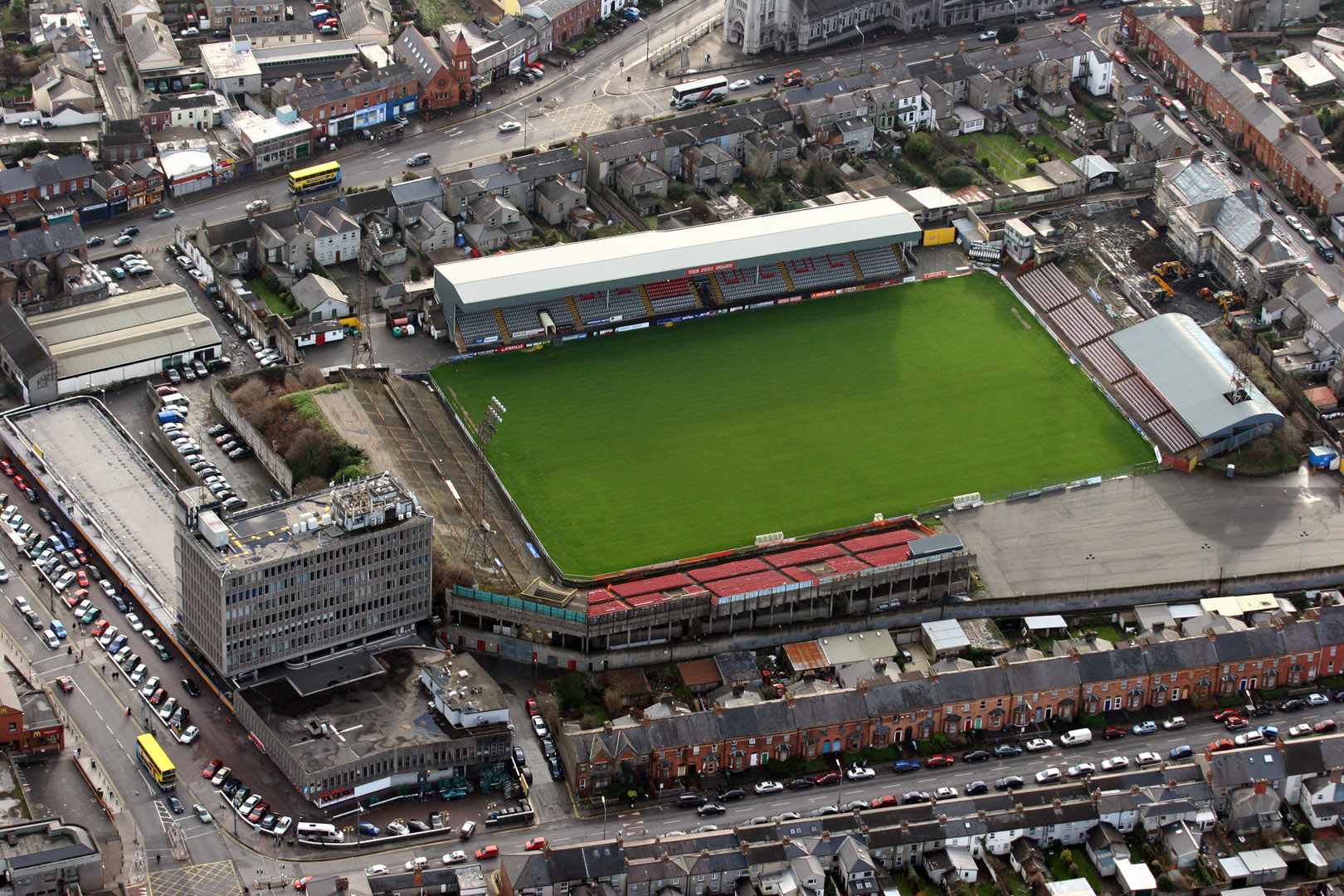Lisbon is perfect for a ‘wheely’ fun summer break
Jack Gleeson 20 Jul 2022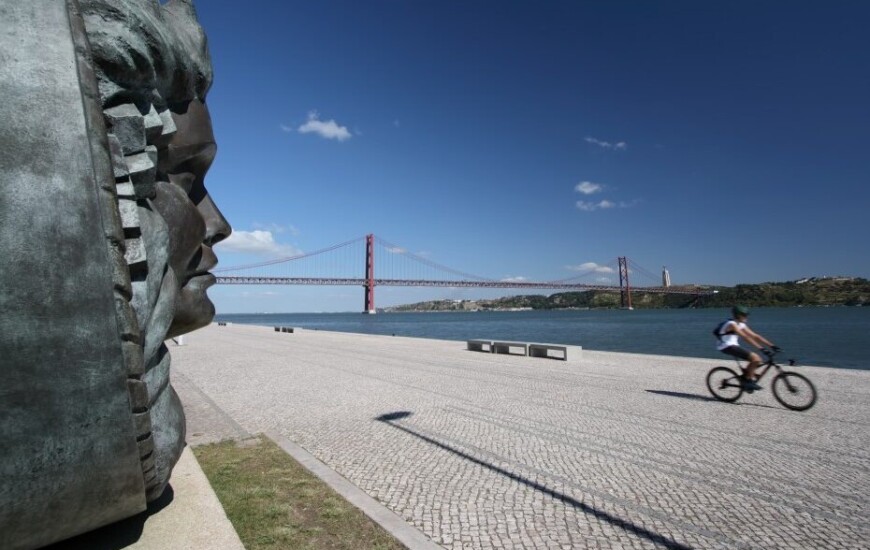
WITH more than 150 km of cycle paths, taking to two wheels is a great way to discover the best of Lisbon’s urban, rural and coastal landscapes.
Not only does cycling offer a unique perspective on Portugal’s capital, but it’s a healthy and sustainable form of travel for both locals and visitors, reducing noise and congestion and improving air quality.
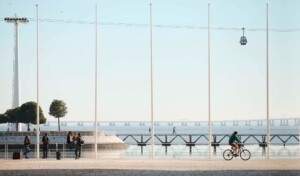
The riverside route follows the Tagus from the futuristic Parque das Nações area.
Visitors can take one of the many guided cycle tours on offer, or hire their own bikes to explore at their own pace.
Here are some of the best options for visitors wanting to give Lisbon a spin on two wheels.
City Sights
The riverside route, which follows the Tagus from the futuristic Parque das Nacoes area, past trendy Cais do Sodré and the spectacular Praca do Comércio to Algés, takes in some of the city’s most historic neighbourhoods and best-known sites. En route, it passes through the atmospheric neighbourhood of Alfama and offers impressive views of Ponte 25 de Abril bridge.
The recently regenerated Doca da Marinha area on the central riverfront of the Tagus also features a great open space for everyone to enjoy.
In addition to a cycle path with great views, visitors can enjoy kiosks and terraces offering light meals and leisure areas for relaxing.
Other urban cycle routes to discover include the elegant Avenidas Novas quarter and the gardens of Campo Grande leading to Parque Eduardo VII.
Wheels and water
The seafront is a fantastic area for cycling, with fresh sea air providing cooling relief on warm days and a relaxing atmosphere. From the Paco d’Arcos Beach on the north bank of the Tagus, to the stunning Guincho Beach, the trail offers wonderful views of the ocean and inland to the Sintra mountains.
Or cyclists can head south of the Tagus to the 15km of golden sandy beaches on the Costa da Caparica.
Taking the ferry from the city – bikes are allowed on board – visitors disembark at the fishing village of Trafaria from where the cycle path heads south west.
The boardwalk provides a wide, flat and safe route towards Fonte da Telha, with plenty of opportunities to stop off for a dip in the ocean or a delicious, al fresco meal at one of the many seafood restaurants that line the coast.
Cyclists seeking the tranquillity of nature can head for the Tagus Estuary, where the award-winning Parque Ribeirinho do Estuario do Tejo offers, approximately, 6km of biking trails.
The paths are flat and relaxing, making them suitable for all levels of fitness, and there’s a 700m wooden walkway and a picnic area for refuelling and refreshments.
Heads for the Hills
For an adrenaline rush on two wheels, adventurous cyclists will enjoy the spectacular Arrábida Nature Park, where chalk cliffs and pine-covered hills meet the blue of the ocean at the tip of the Setúbal peninsula.
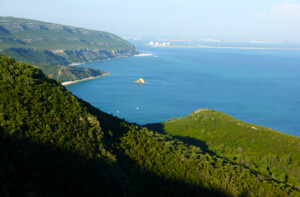
The view in the spectacular Arrabida Nature Park
It is home to winding trails with a range of steep climbs and fast descents, although the park can also be enjoyed by e-bike for visitors wanting to enjoy its dramatic landscapes at a more relaxed pace.
To the west of the city, the Monsanto Forest Park features some of the most stunning viewpoints in Lisbon.
This large, protected forest area boasts a network of more than 40 km of cycling paths, including several sections perfect for mountain biking.
For more information, ideas and inspiration on visiting Lisbon, see www.visitlisboa.com.
Famine Museum and Strokestown Park have been transformed
THE National Famine Museum and Strokestown Park have been transformed thanks to a €5 million investment via Fáilte Ireland and Westward Holdings Ltd in partnership with the Irish Heritage Trust.

The new visitor experience opened earlier this month. Photo: Colin Shanahan
The doors of the revamped attraction opened earlier this month and the new visitor experience includes a ‘3 in one’ ticket that provides access to the new Famine Museum, the historic walled gardens and woodland walk at Strokestown Park and the Palladian House with its original furnishings and features, which is due to open later this month.
The not-for-profit Irish Heritage Trust has been caring for and managing the property since 2015 and has overseen the redevelopment project.
The re-imagined Famine Museum tells the complete story of the Great Famine in a compelling manner and explores the parallel lives of Strokestown Park’s aristocratic landlords and their tenants during this period.
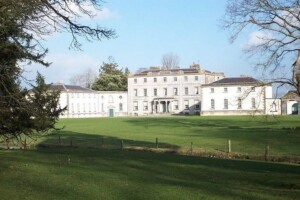
Strokestown Park House
The new museum breathtakingly takes local and national stories from this tragic period in Ireland’s past and brings them dramatically to life in an immersive experience.
A self-guided audio tour is on offer with a mixture of imaginative scene setting and innovative audio-visuals and touch screens.
Visitors will be able to explore the tenants’ experience of hunger, eviction and exile through voluntary and assisted migration while engaging with the landlord’s perspective, his power, his dilemma and controversial assassination and gain insight into a cataclysmic disaster that changed Ireland forever.
The 6-acre walled gardens and Strokestown Park’s lush mature woodlands have been enhanced with the new Woodland Café, located in the old granary of Strokestown Park House.
John O’Driscoll, General Manager at The National Famine Museum | Strokestown Park said visitors can expect a new experience and a wide a range of things to do for all ages.
“We have created a series of enjoyable and enriching trails for our younger visitors in the new museum as well as in the beautiful walled gardens and woodland walk,” he said.
“We are also looking forward to welcoming back visitors who may have been here before and driving visitor numbers further for the tourism industry right across Roscommon and Ireland’s Hidden Heartlands.”
Anne O’Donoghue, CEO of the Irish Heritage Trust also spoke about the new visitor experience.
“We are confident that our local and talented team of employees and volunteers will help us to deliver a welcoming and engaging experience at this this world-class heritage tourist attraction of national and international importance,” she said.
Further details on The National Famine Museum | Strokestown Park can be seen at www.strokestownpark.ie.






